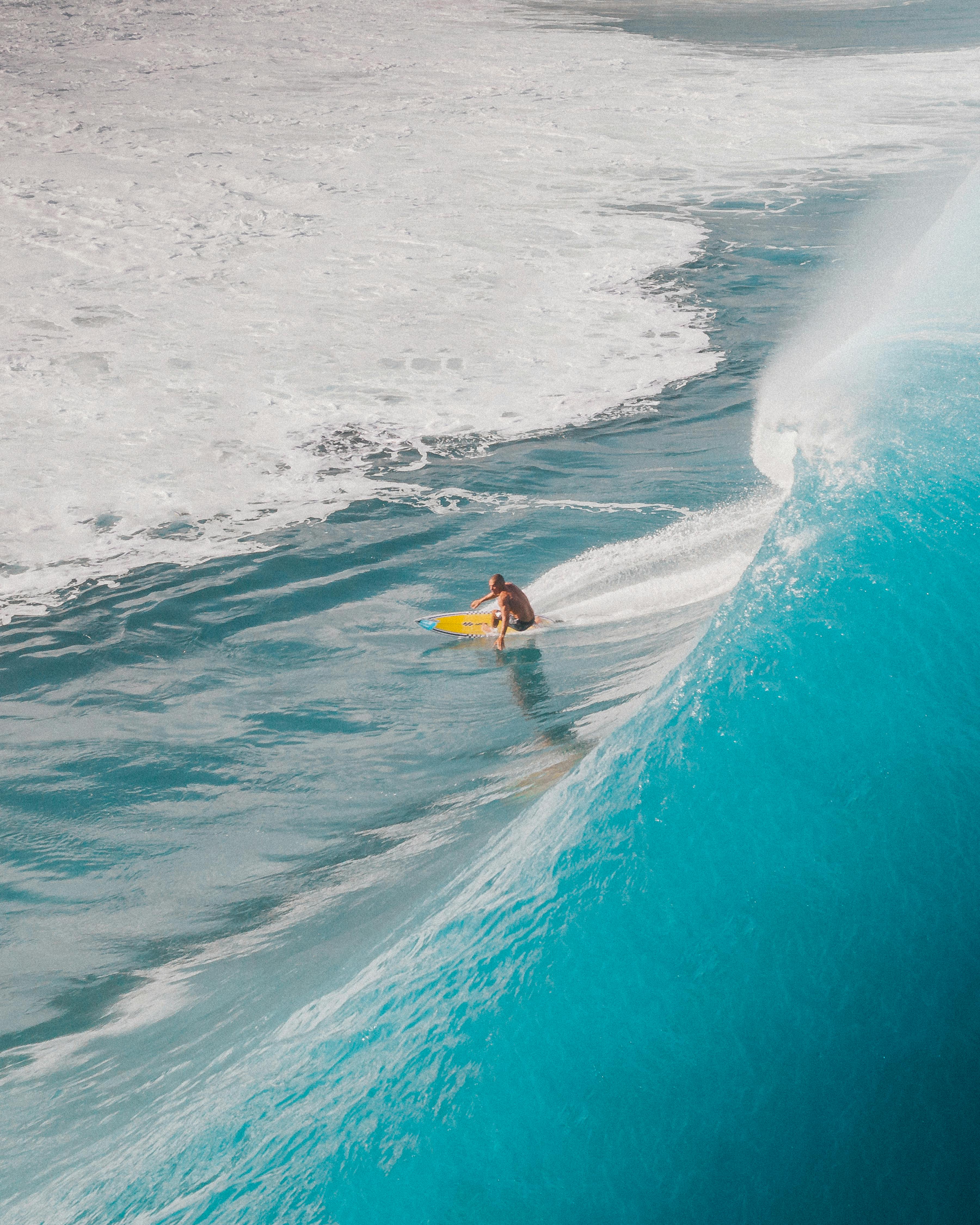How to Get Back Into Surfing After an Injury or Long Break
Whether you’ve been out of the water for months due to injury or decades due to life, getting back into surfing can be both exciting and frustrating.
It’s not about “riding a bike” – your body, mind, and expectations have all shifted.
Here’s how to make the comeback fun, realistic, and sustainable.
1. Drop the Old Timeline
The biggest mistake surfers make is expecting to surf like they did years ago – instantly.
If you set the bar too high, too soon, you’ll fuel frustration and negative self-talk.
Better approach:
- Focus on showing up, not showing off
- Make your first goal simply paddling out and having fun
- Treat anything beyond that as a bonus
2. Embrace the Suck
Things have changed – and that’s okay.
You may not be as fast, fit, or fearless. The sooner you accept that, the sooner you can start rebuilding without pressure.
Acceptance opens the door to a more positive mindset, and makes it easier to handle inevitable mistakes.
3. Adjust for Physical Changes
If you’ve had a significant injury, work with it – not against it.
- Check with a specialist before pushing limits
- Build strength, mobility, and range of motion off the water
- If you can’t pop up easily on land, don’t expect to nail it in the surf
- Consider a bigger board to make paddling and wave catching easier
4. Acknowledge the Mental Side
Sometimes the hardest shift after injury or time away is mental, not physical.
- Increased self-preservation instinct may keep you from committing to waves
- You might sit too wide on the peak for “safety”
- Tension or stiffness can creep into your surfing without you noticing
Identify the root cause – fear, crowd stress, or past wipeouts – and slowly expand your comfort zone with each session.
5. Keep Sessions Short and Consistent
Don’t paddle out for three hours on your first week back.
Opt for shorter, more frequent surfs that allow recovery and gradual improvement.
Consistency beats occasional hero sessions every time.
How TRAX Helps You Track Recovery and Progress
TRAX records:
- Where you’re hesitating or committing in takeoffs
- How your stance and weight shift change over time
- The impact of equipment adjustments on performance
By comparing session data, you can see real progress – even if it feels slow in the moment – and spot when you’re ready to push harder.
Related Reading:
→ Frustrated with your surfing? That’s where progress starts — Growth begins where comfort ends
→ Still surfing from your back foot? — Speed and flow start with forward weight
→ Fix your surf pop-up — Your takeoff only works if the setup is right








